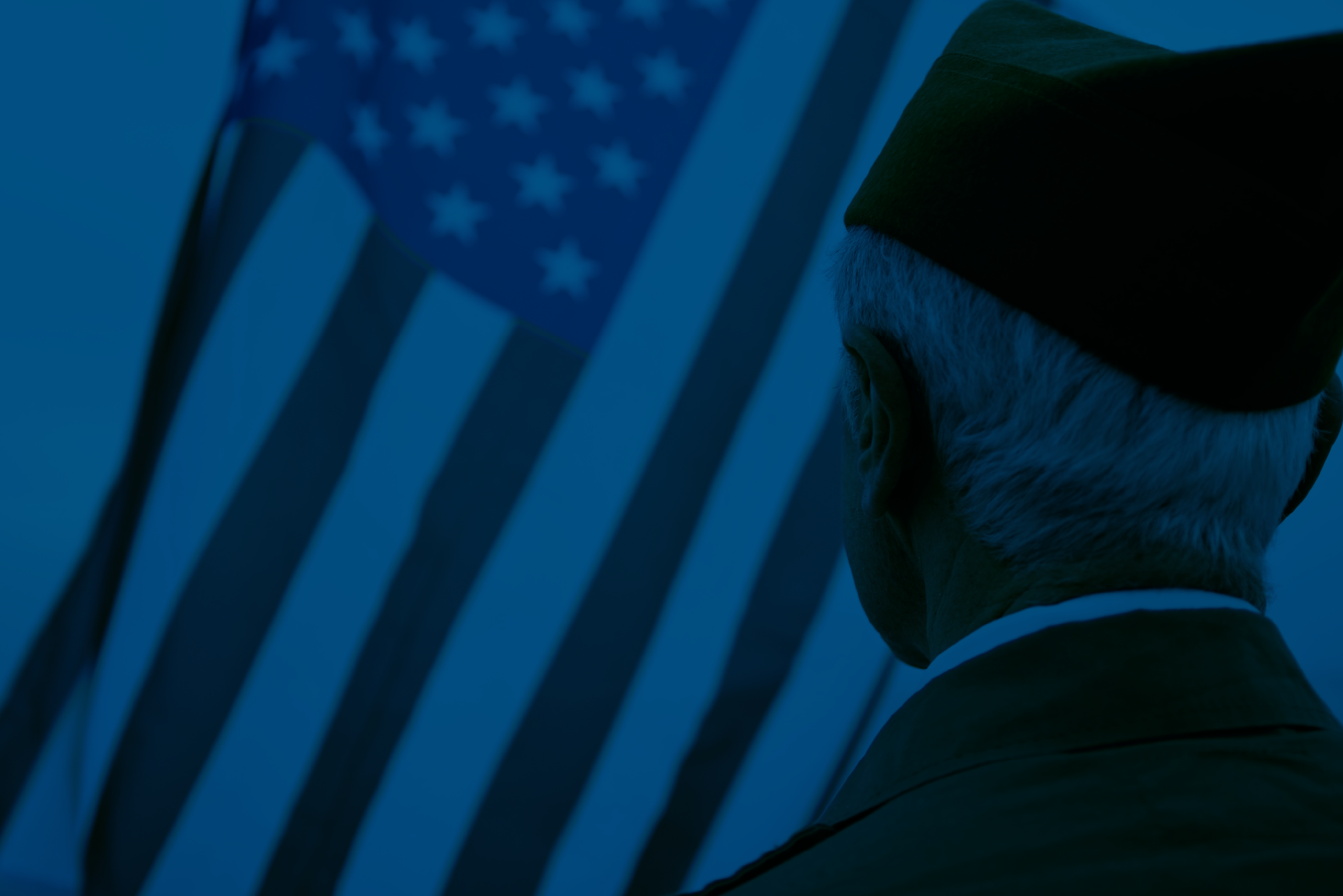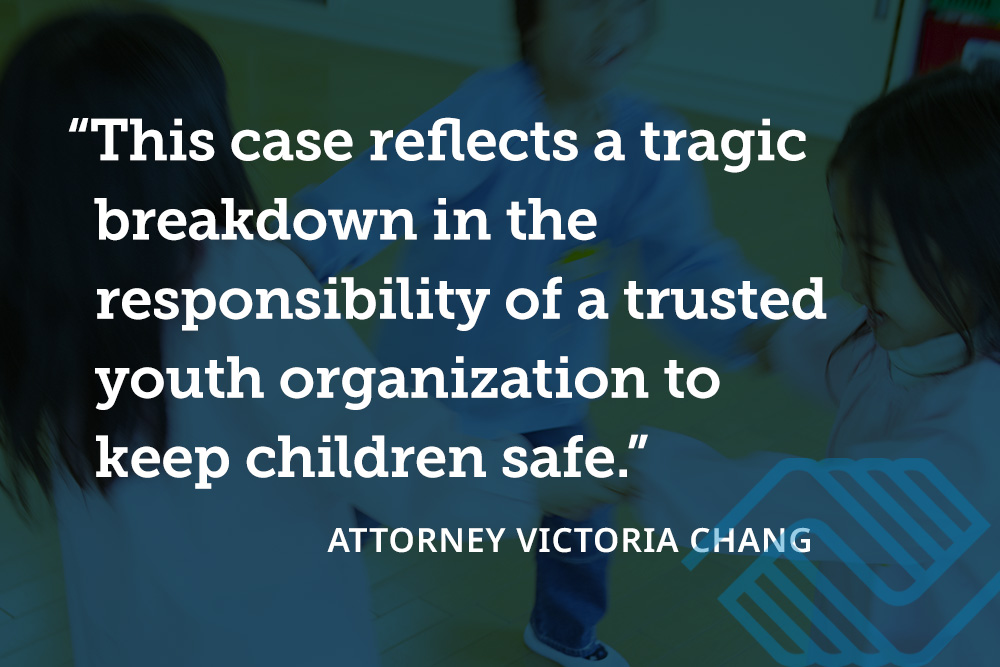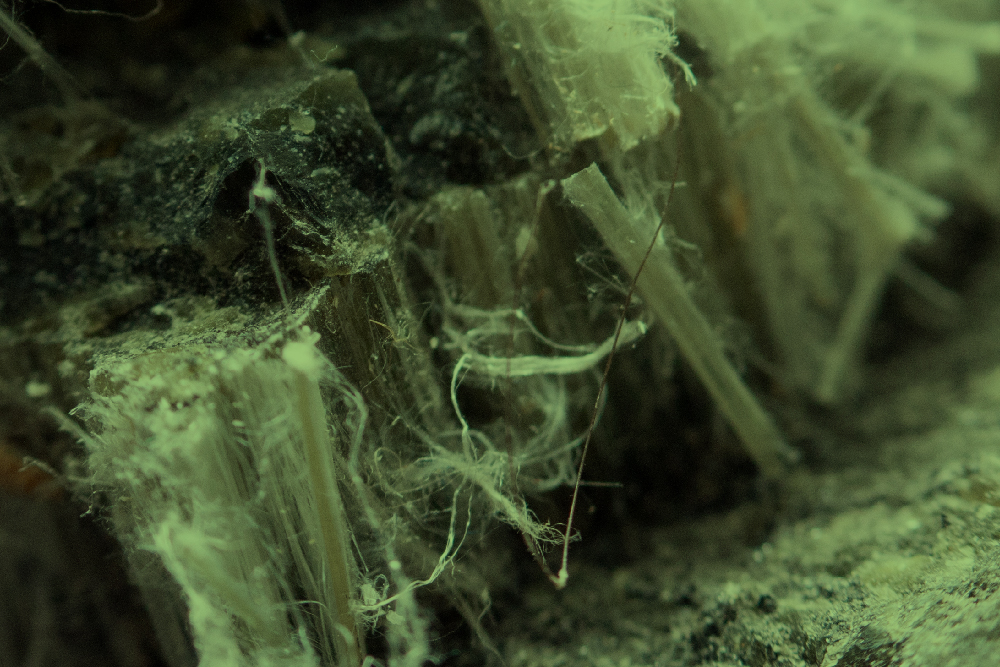Above: Progression of the painting of the Hapa mural. At this point, Kamea Hadar had written out a portion of Obama's 2008 Race Speech at the Constitution Center, to underlay the portrait.
Honolulu-based muralist Kamea Hadar joins us for this week's episode. At the time of the recording, he was the proud father of a one-and-a-half week-old baby, halfway through the process of painting Hapa, a mural commissioned for the Gary Galiher Law Building on Ward Avenue in Honolulu.
Tune in for a lively conversation about the mural's subject, President Barack Obama; the making of large-scale works of art; and the value of art in Hawai‘i. Some highlights follow:
Gary Galiher: "I've admired a particular artist's work for a long time. He does really elegant work, whether it's on the side of a building, or on the interior wall of a barbershop, downtown in Chinatown, I kept coming back to the same person. And then I talked to Clarisse Kobashigawa in my office, and said Clarisse, we've got to track down this artist. The next thing I know, Clarisse has connected with him and we've got a conversation going."
Kamea Hadar: "My profession is painting large-scale murals, and I also do canvas paintings, but, you know, President Obama has always been an inspiration. It's an honor to paint him, and I'm just happy that Gary gave me the canvas to paint. Unlike my studio work, I can't just go out and buy these canvases. I need someone who owns a building to let me paint on it."
GG: "I love Hawai‘i, love all the different ethnic groups, and we have been so fortunate and honored to represent great groups like the naval workers at Pearl Harbor Shipyard, hard-working local people... I really do love the ethnic richness that we have here, and those values really come through. It's a real island community. The idea that someone came from Hawai‘i of mixed ancestry from around the world. He was raised here and went off and became stellar in what he entered into, in school and work, and became president of the United States. That just makes me so proud. I think so many people identify with that."
KH: "My background is very, very mixed. My mom is actually Japanese-Korean: my grandma is full Korean and my grandfather is full Japanese, and that's already a weird mix, back in their generation. My Korean great-grandmother had some issues with them getting together. My grandfather was a war hero. He fought in the 442nd, which is the Japanese-American battalion. Then my Mom, while backpacking across Europe, met my Dad, who's from Israel, you know, a haole guy, and my grandparents on that side are holocaust survivors. [Hadar] is a Hebrew name. Our family name was Satrinas, from Poland, and when my grandparents went to Israel from Poland, which is the same meaning but the Hebrew kind of version, I guess you could say."
Mike Buck: "I'm thinking, down the road, this thing's gonna be a landmark. People are gonna say, 'it's right by the Obama picture.' And you know this is gonna be a big deal... Pretty soon, it doesn't matter what the name of the street is, does it. You just go by the Obama picture and turn left."
KH: "All these modern tools help quite a bit, but at the end of the day I'm still up there with a paintbrush. So the way that I start usually is with a pencil sketch. Then, you know, you asked me about proportion, and a lot of that is just experience. When you're up there, you know, the pupil is huge. And you're like, well okay I'm just going to trust in my gut that the pupil is going to be this big, and you've got to trust your sketch.
"So after the sketch goes up—and the way I use the sketch is, I use references, so you use bricks in the wall, you use pipes, doors, to make sure there's space in the piece and make sure it's proportional, so that you don't get a crooked face, or a lazy eye, or that it just doesn't look like the person—once the sketch goes up, I start painting, and I always start with the eyes. The eyes are, as they say, the windows to the soul, and the eyes are the most important part of the piece. So without the eyes, all is lost. If they don't turn out, then I'll redo them, but that has to be in place before I do anything [else]. It's a confidence thing, so if I can do the eyes, then it's a snowball thing and the rest is easy."






